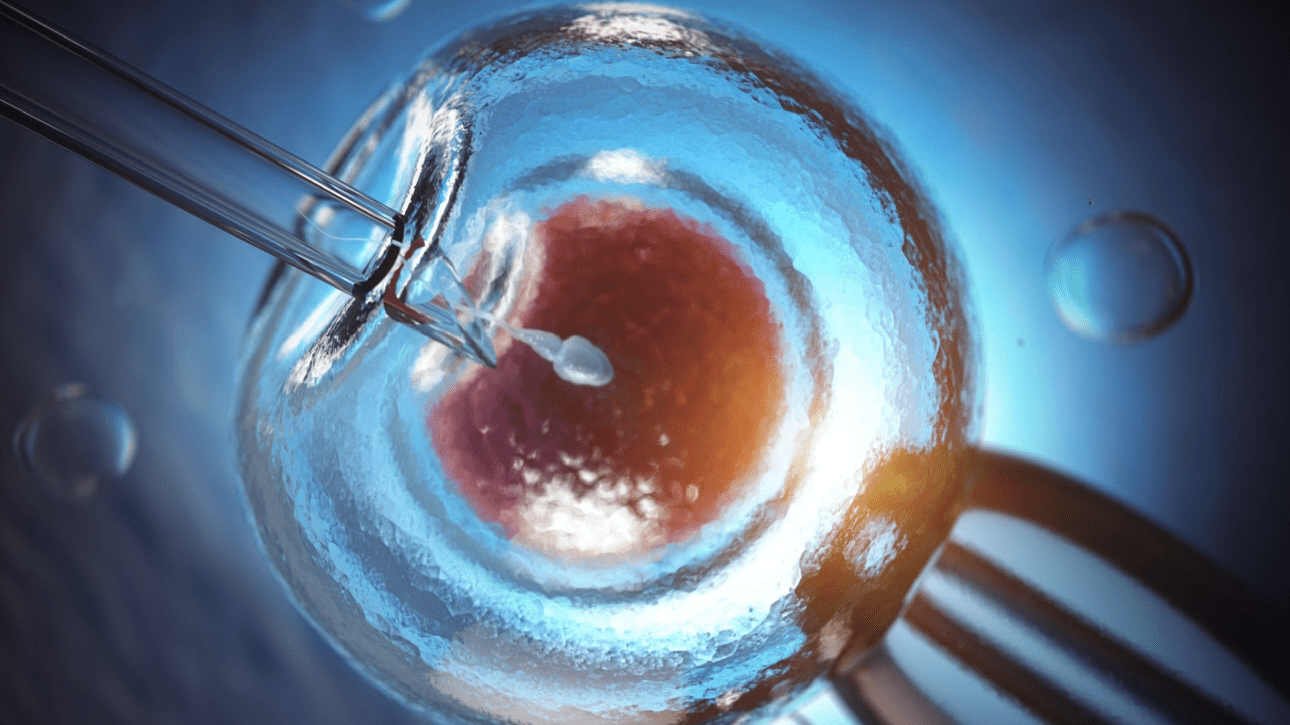Embryo Freezing vs. Egg Freezing: Understanding the Differences
Advancements in reproductive technologies have provided women with more options when it comes to family planning. Two popular methods for preserving fertility are embryo freezing and egg freezing. While both techniques involve cryopreservation, there are significant differences between the two. In this article, we will explore the distinctions between embryo freezing and egg freezing, including the processes involved, their purposes, success rates, and considerations for individuals considering these options.
Embryo Freezing: Preserving Fertilized Embryos
Embryo freezing, also known as embryo cryopreservation, involves the freezing and storage of fertilized embryos. This process is commonly used in assisted reproductive technologies, such as in vitro fertilization (IVF). Here’s how it works:
1. Ovarian stimulation: The woman undergoes a hormonal treatment to stimulate the ovaries and promote the development of multiple eggs.
2. Egg retrieval: Once the eggs have matured, they are retrieved from the woman’s ovaries using a minimally invasive procedure called transvaginal ultrasound aspiration.
3. Fertilization: The retrieved eggs are then fertilized with sperm in a laboratory through either conventional IVF or intracytoplasmic sperm injection (ICSI).
4. Embryo development: The fertilized eggs, now called embryos, are monitored for several days to allow them to develop into viable embryos.
5. Freezing: The high-quality embryos that are not transferred immediately can be cryopreserved using a process called vitrification. This involves rapidly freezing the embryos to prevent ice crystal formation, which could damage the delicate structures.
6. Storage: The frozen embryos are then stored in specialized containers at very low temperatures (-196°C) until they are ready for use.
Embryo freezing is often chosen by individuals or couples who have completed their family building and wish to preserve any remaining embryos for future use. It offers the possibility of using the frozen embryos in subsequent IVF cycles without the need for additional egg retrieval and fertilization procedures.
Egg Freezing: Preserving Unfertilized Eggs
Egg freezing, also known as oocyte cryopreservation, involves the freezing and storage of unfertilized eggs. This technique allows women to preserve their eggs for future use, providing them with the opportunity to delay childbearing or overcome fertility challenges. Here’s how egg freezing works:
1. Ovarian stimulation: Similar to embryo freezing, the woman undergoes ovarian stimulation to produce multiple mature eggs.
2. Egg retrieval: The mature eggs are retrieved using the same transvaginal ultrasound aspiration procedure used in embryo freezing.
3. Cryopreservation: Instead of fertilizing the eggs, they are cryopreserved using the vitrification process. This involves rapidly freezing the eggs to maintain their structural integrity.
4. Storage: The frozen eggs are stored in specialized containers at very low temperatures (-196°C) until they are ready for use.
Egg freezing is an attractive option for women who wish to preserve their fertility due to personal or medical reasons. It allows them to delay childbearing while ensuring the availability of their own eggs in the future. Egg freezing is commonly chosen by women who are not ready to start a family but want to preserve their reproductive options as they age.
Success Rates and Considerations
When considering embryo freezing or egg freezing, it is important to understand the success rates and considerations associated with each method.
Embryo freezing has higher success rates compared to egg freezing. This is because embryos have already undergone fertilization, and their viability can be assessed before freezing. When the frozen embryos are later thawed and transferred into the uterus, the success rates are higher due to the ability to select the highest-quality embryos for transfer.
On the other hand, egg freezing success rates can vary depending on factors such as the age of the woman at the time of egg retrieval. Younger women tend to have higher success rates as their eggs are of better quality. When the frozen eggs are later thawed and used for IVF, the success rates are influenced by the fertilization process and the quality of the resulting embryos.
It is important to note that not all frozen embryos or eggs will survive the thawing process, and not all surviving embryos or eggs will result in a successful pregnancy. Success rates can vary depending on individual circumstances, including the woman’s age, overall health, and the quality of the embryos or eggs.
Other considerations include the cost of the procedures, the ethical and moral implications of freezing embryos, and the emotional aspects of using stored embryos or eggs in the future.
Embryo freezing and egg freezing are two distinct methods of preserving fertility. Embryo freezing involves the freezing of fertilized embryos, while egg freezing involves the freezing of unfertilized eggs. Each method has its own purpose and considerations. Embryo freezing is typically chosen by individuals or couples who have completed their family building, while egg freezing is often chosen by women who wish to delay childbearing or preserve their fertility for personal or medical reasons.
Understanding the differences between these techniques, as well as their success rates and considerations, is crucial when making decisions about preserving fertility. Consulting with a fertility specialist can provide personalized guidance and help individuals and couples make informed choices based on their unique circumstances and goals.









